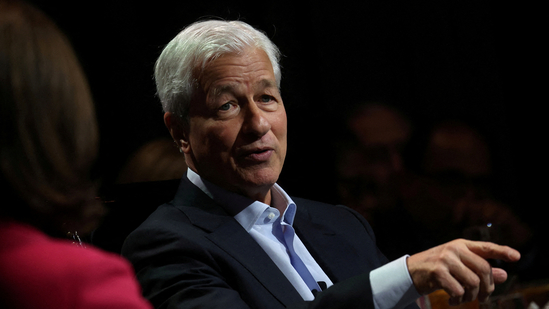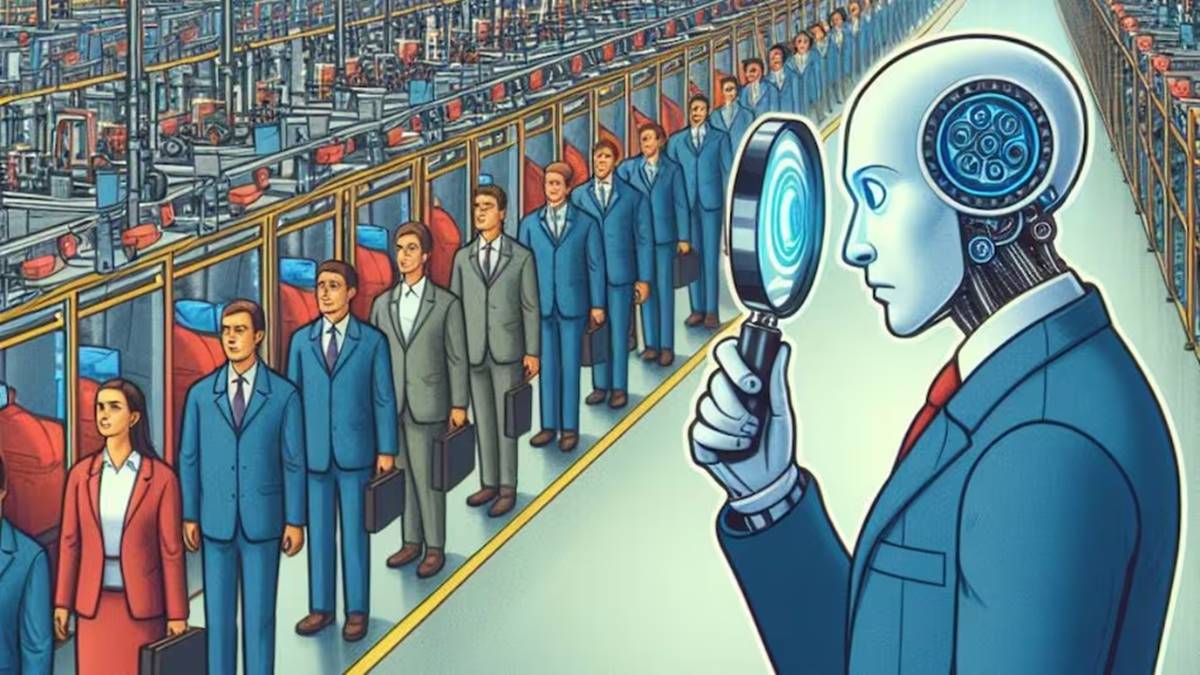The unspoken rules for Gen Z at work are invisible to many but very clear to the youngest cohort: Don’t try too hard, don’t care too much, and avoid “being cringe.” Cringe culture originally emerged as a phenomenon in digital spaces, but it’s now quietly reshaping how Gen Z engages in the professional world. Cringe culture causes Gen Z to overthink and hold back in spaces when they should speak up, advocate for themselves, or pursue leadership visibility. These surface-level behaviors hold deeper organizational consequences for senior leaders. When Gen Z professionals choose self-protection over self-actualization, everyone in the organization suffers.
Professional growth is a vulnerable process. It requires clear-eyed assessment of one’s abilities, asking for feedback, experimenting publicly, and learning from intelligent failure. And yet, these are the behaviors that “cringe culture” discourages. The very discomfort that Gen Z tries to avoid is often the path to development. Because sincere effort to grow or “putting yourself out there” can be interpreted as “cringe,” many Gen Z employees are being overlooked or dismissed as unmotivated.
The Career Risks Created By Cringe Culture
Work environments may not feel psychologically safe for Gen Z unless managers explicitly normalize discomfort and mistakes as part of the learning curve. Experimentation and “stretch assignments” can be perceived as threats to one’s identity or social status. This creates a vicious cycle of underachievement and underdeveloped pipelines for organizations.
When Gen Z employees defer opportunities to grow and avoid visibility, the entire organization loses developmental momentum. The lack of initiative, ambition and risk-taking can have various downstream effects:
- Underutilized talent: Managers often rely on signals like curiosity, initiative, and communication to identify high-potential employees. But when Gen Z workers suppress these behaviors for fear of standing out, they become invisible in the talent pipeline. Opportunities pass them by because managers assume they are not ready or not interested. Gen Z workers seek validation from managers but often appear nonchalant.
- Stalled team learning: Team-based innovation depends on openness, asking questions, and mutual vulnerability: the willingness to say, “I don’t know,” “Here’s a rough idea,” or “Whoops! That didn’t go as planned.” If Gen Z team members opt out of these exchanges, teams can become imbalanced or stuck in unproductive loops.
- Frustration for managers: Gen Z’s tendency to project ironic detachment from their jobs makes management especially difficult. The lack of communication and empathy between managers and Gen Z can lead to distorted judgments, resulting in interpersonal barriers. This can reduce the likelihood of raises and promotions.
- Delayed leadership development: Leadership requires the ability to withstand scrutiny, navigate ambiguity, and admit when you’re out of your depth — all inherently “cringe-adjacent” behaviors. When Gen Z professionals avoid roles that expose them to emotional discomfort or reputational risk, they defer critical leadership experiences and sideline their careers.
To make matters worse, many Gen Z employees and their managers are experiencing misalignment and significant cultural disconnect in the office. Some of the disconnect is due to different norms and values that show up at work.
How Cringe Culture Exacerbates Misalignment With Management
A Gen Z employee who hesitates to speak up in meetings may be perceived as disengaged by a manager who values contribution. Gen Z adults who are avoiding self-promotion are labeled as lazy or lacking in ambition. These interpretations overlook the cultural subtext: many Gen Z workers are following a social playbook written by their peers that penalizes sincerity and overexposure. Managers cannot challenge this playbook if they aren’t aware of its existence.
This mismatch between what organizations expect from emerging professionals and what Gen Z has been taught to avoid perpetuates unproductive management practices. A manager’s request to “speak up more” or “take ownership” puts additional pressure on anxious workers who are experiencing internal conflict. Leadership can explicitly acknowledge the influence of “cringe culture” and coach employees to push back against it for the sake of personal and professional fulfillment.
Organizations that fail to recognize the hidden costs of cringe culture risk reinforcing the very behaviors they want to change. Complaining about unmotivated and underdeveloped talent doesn’t move the organization forward. Unlocking the potential of Gen Z will require creating conditions for them to confront their anxieties, develop resilience, and experience the rewards of risk-taking and visibility. Breaking free of cringe culture will benefit not just Gen Z but the organizations that they serve.




















